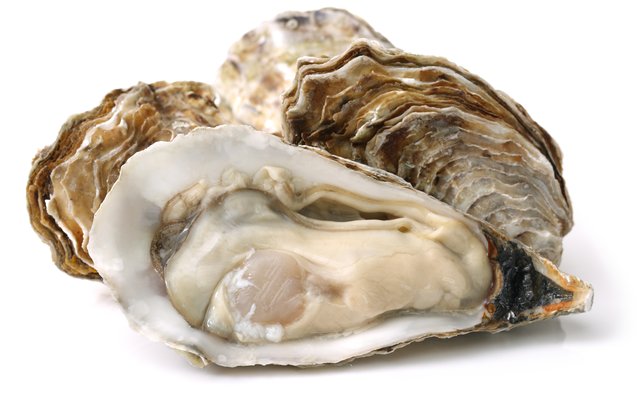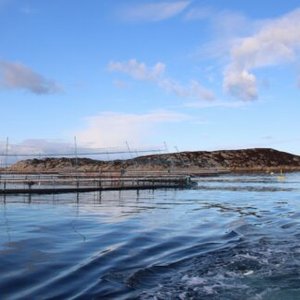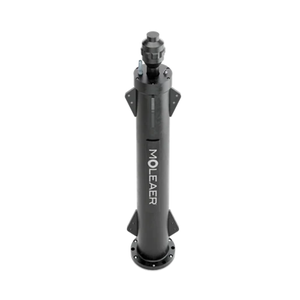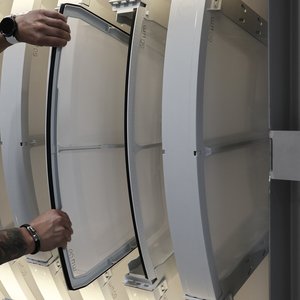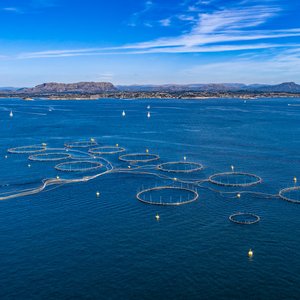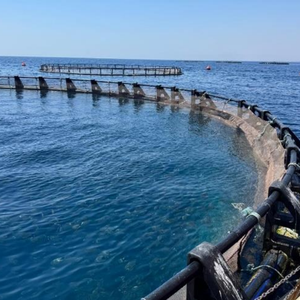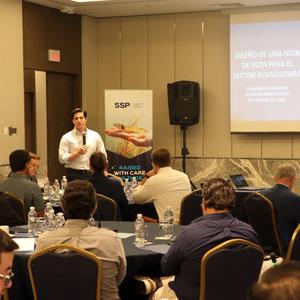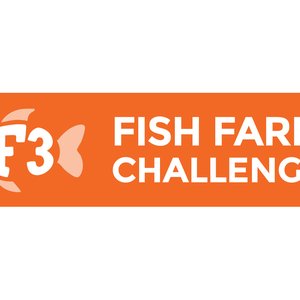Researchers from Heriot-Watt University and the University of Edinburgh's Roslin Institute have developed a groundbreaking method to detect a deadly oyster parasite without harming the shellfish.
The European flat oyster (Ostrea edulis) has seen its numbers plummet over the past two centuries due to overfishing, habitat loss and disease. Among the most persistent threats is Bonamia ostreae, a parasite that causes a condition known as bonamiosis, which can devastate oyster populations but is harmless to humans.
Until now, detecting the presence of the parasite has involved dissecting a sample of oysters, an approach that is not only destructive but also impractical for monitoring rare or restoration-targeted populations. The Heriot-Watt and Roslin Institute team has pioneered a new method that uses oyster poo to screen for the parasite’s DNA. By analysing the waste material left after holding oysters overnight in aerated seawater, scientists can determine whether any oysters are infected, without harming a single animal.
The team tested the method at several sites across the UK, including Bonamia-positive waters in Essex and West Loch Tarbert in Scotland. They found the non-invasive method was at least as sensitive as traditional tissue sampling and histology, and often more effective than water-based environmental DNA techniques.
The method has already been validated in field and lab settings and is portable enough to be used on-site with mobile DNA testing kits. It also proved highly accurate in negative control sites, with no false positives detected. Unlike other DNA-based detection methods, which often rely on complex lab setups, the new approach uses a field-ready extraction and PCR system. According to the research team, it is scalable, cost-effective, and adaptable to other marine pathogens.
The scientists are now working on refining the process further and exploring whether similar techniques could be used to detect other diseases or even invasive species.
Reference:
Tim Regan, Lavanya Vythalingam, Jennifer Nascimento-Schulze, Owen Paisley, Alain Karmitz, Nuala M. Hanley, William G. Sanderson, Tim P. Bean, Non-invasive detection method for Bonamia ostreae infected Ostrea edulis, Aquaculture, Volume 599, 2025, 742153, ISSN 0044-8486, https://doi.org/10.1016/j.aquaculture.2025.742153


